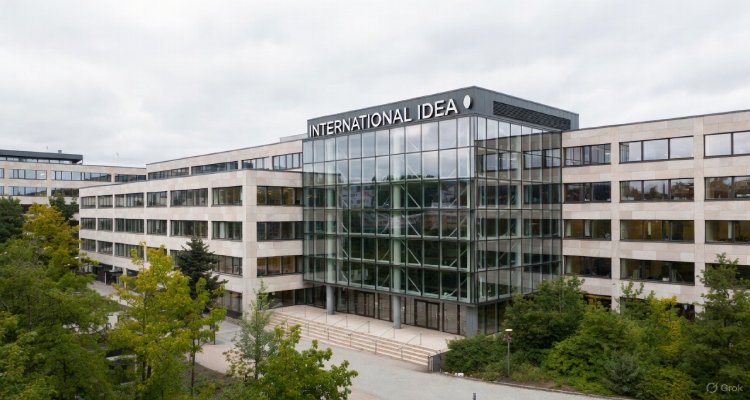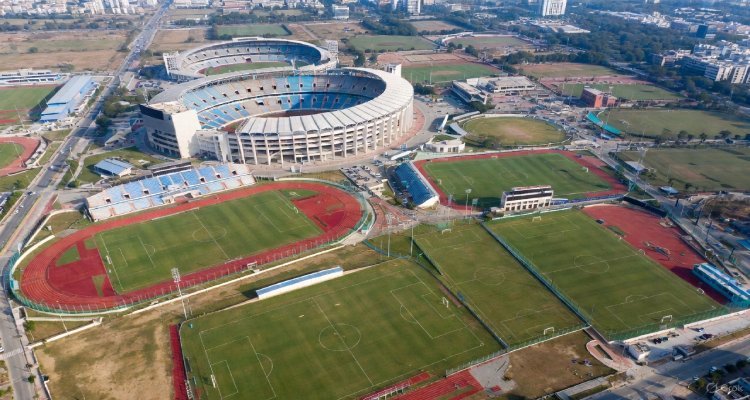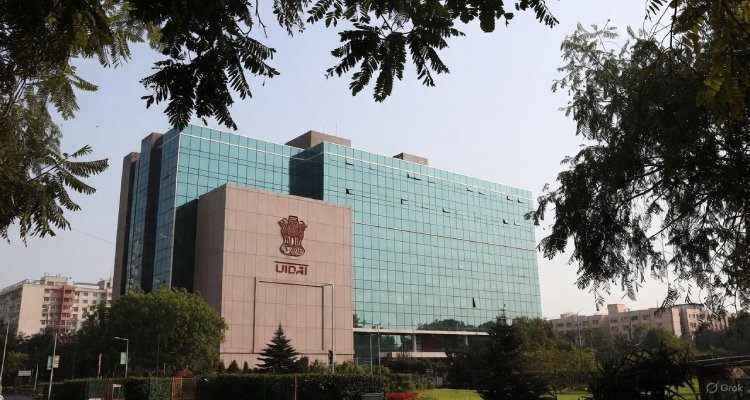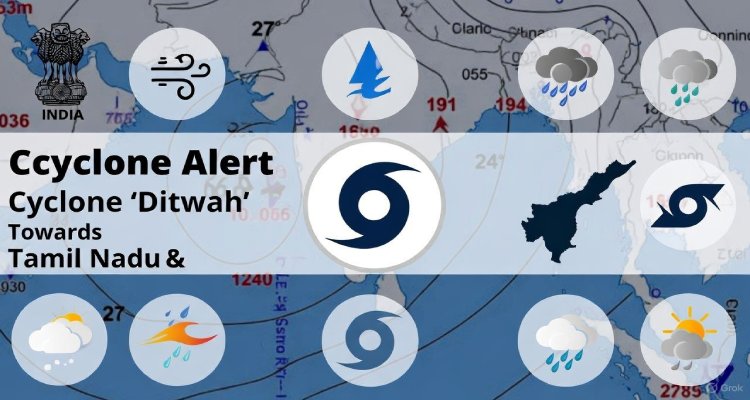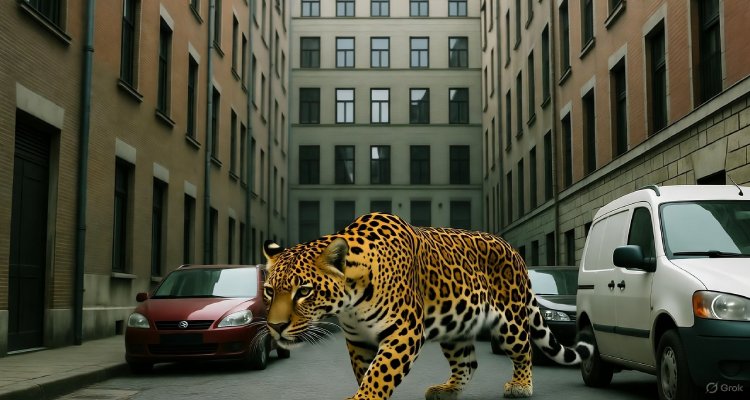The Wild Beasts Hiding in the Middle of Mega-Cities
From leopards in Mumbai to coyotes in Los Angeles, wild animals are adapting to urban jungles in astonishing ways—reshaping how humans coexist with nature in mega-cities.
Introduction (Hook)
Underneath the constant roar of traffic and the glitter of glass towers, nature is quietly reclaiming its space. In the heart of the world’s biggest cities—where skyscrapers pierce the clouds and people fill every inch—wild beasts are lurking closer than ever. Leopards stalk the outskirts of Mumbai, coyotes trot through Los Angeles suburbs, and wild boars roam freely in Rome’s streets. The urban jungle, it seems, is far wilder than it looks.
Context & Background: The Rise of the Urban Wild
For decades, rapid urbanization has pushed wildlife to the brink, forcing species to adapt, evolve, or vanish. But instead of retreating entirely, some animals have learned to thrive among humans. Mega-cities—home to over 10 million residents—now host a surprising range of predators and scavengers who’ve learned to navigate the chaos.
In Mumbai, India, leopards are spotted prowling near residential colonies in Aarey Milk Colony and Sanjay Gandhi National Park—just miles from downtown skyscrapers. In Los Angeles, coyotes cross highways at night, searching for food in trash bins and backyards. Meanwhile, wild boars in Rome and hyenas in Addis Ababa have become regular—and sometimes dangerous—neighbors.
This quiet rewilding tells a deeper story about urban ecology, where boundaries between civilization and wilderness are blurring faster than city planners anticipated.
Main Developments: How Cities Became Wildlife Habitats
The shift didn’t happen overnight. Years of expanding suburbs, shrinking forests, and abundant waste have turned cities into resource-rich habitats. Urban heat islands provide warmth; trash heaps offer easy food; and abandoned lots mimic natural cover.
In São Paulo, capybaras—the world’s largest rodents—graze along rivers threading through the metropolis. In Tokyo, raccoon dogs, or tanuki, scavenge through alleys after dark. Even in London, red foxes have become so accustomed to human life that they often nap in backyards during the day.
Scientists call this the “urban wildlife paradox”—as cities grow, they simultaneously destroy and create ecosystems. For adaptable species, the city is no longer a threat but a frontier.
Expert Insight or Public Reaction
“Animals are adjusting faster than we ever expected,” says Dr. Priya Nair, an urban ecologist at the Wildlife Conservation Society. “They learn traffic patterns, avoid peak human hours, and even recognize household routines. It’s survival through intelligence.”
But coexistence comes with risks. In 2023, Mumbai reported several leopard attacks in peri-urban zones. In Berlin, wild boars caused traffic chaos after storming residential streets. Los Angeles homeowners have begun installing motion sensors—not for burglars, but for coyotes.
Local communities often find themselves torn between fascination and fear. “It’s magical to see a leopard cross your path,” says a resident from Mumbai’s Goregaon suburb, “until you realize your pet cat might be next on its menu.”
Impact & Implications: The Future of Coexistence
Urban wildlife isn’t going away. If anything, these encounters will increase as cities sprawl further into once-wild territories. The challenge now lies in managing this uneasy coexistence.
Conservationists advocate for wildlife corridors, allowing animals safe passage through urban landscapes. Cities like Singapore are pioneering “eco-links” that connect fragmented habitats via green bridges. In India, authorities are experimenting with night patrols and public awareness campaigns to reduce conflict.
At a policy level, the urban animal dilemma raises moral and environmental questions. How much space should humans yield to wildlife? Can technology—like AI-driven monitoring systems—help track and predict animal movements? The answers will shape the future of both biodiversity and city life.
Conclusion: When the Jungle Moves In
The wild beasts hiding in mega-cities remind us that nature never truly disappears—it adapts. Beneath concrete and neon, primal instincts endure, and survival finds a way. As the line between forest and freeway fades, cities must learn to coexist with the creatures they’ve unknowingly invited back.
What once seemed terrifying—a leopard in a parking lot, a coyote on a crosswalk—may instead be the truest sign of nature’s resilience. The wild is no longer “out there.” It’s right here, watching from the shadows of our cities.
Disclaimer: This article is based on verified ecological studies and urban wildlife reports. It aims to inform readers about the growing interaction between wildlife and human settlements without sensationalism.




